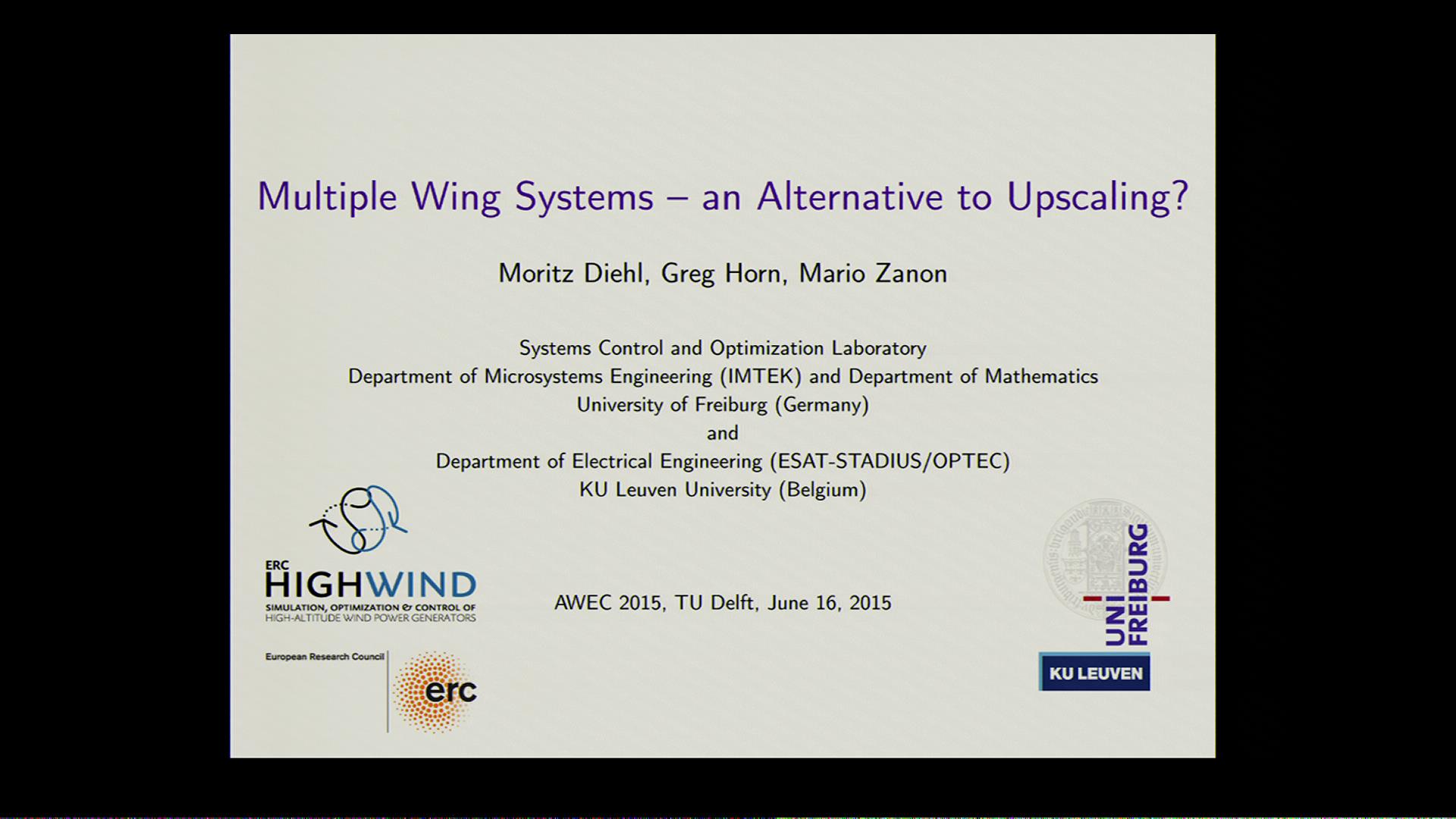Some measures of crosswind kites were performed, reference wind speed perhaps at pattern height, perhaps at mast height (figure 15).
I myself tried to see a little more clearly, both for circular and eight figures.
The comparison between circular and eight figures could perhaps stand (both being close each other in term of produced average traction force), but 4 m/s was the reference wind speed at my height, not at flight height. And the difference is very large when we compare the wind speed at 1-2 m height to that of 20 m (kite) height.
Moreover it is difficult to see on the weighing scale (steelyard) and the anemometer in the same time, especially since values were constantly and rapidly changing.
To get around these difficulties, I flew one after the other and for quite a long time (a few minutes each) a good crosswind kite (Peter Lynn’s Vibe that I have used many times), and a parachute kite, having noticed that their projected surface, of about 0.5 m², were almost identical. The wind speed was 5 to about 9 m/s (measured and estimated, the gusts being at ground level (and notably during the highest gust on the kite parachute that led to a traction force of 2.7 kg) as well as at 25 m altitude). I used a weighing scale (on the photo below).
The elevation angle of the parachute kite (40-45 degrees vs. 30 degrees for the crosswind kite) and its height were higher (about 25 m vs 15 m), but it was quite unstable and tended to descend at times. The higher values of traction force of the parachute kite were measured when this kite was close to the ground as well as at maximum height, and during gusts.
Parachute kite: peak traction force: 2.7 kgf. A value of 2 kgf was often achieved.
Crosswind kite: peak traction force: 4.5 kgf, with eight and circular figures. A value of 4 kgf was often achieved.
The second line was not measured this time, but given the past measurements, and the fact that the traction felt was much less, we can assume that the whole traction force was 3/2, leading to 6.75 kgf for the peak traction force, and 6 kgf for often achieved value.
The proportions of the traction force between the two kites did not seem to change too much according to the wind speed.
One might have expected that the lift-to-drag ratio of 4 of this crosswind kite would make a much bigger difference, but it seems that in this case (and maybe in general?) the average traction force of the crosswind kite is only 3 times that of the static parachute kite.
Many refinements would be useful for better measures, and to better know the parameters such like the lift and drag coefficients, the losses from the crosswind kite due to the variations of the traction force within the flight path, and so on.




![20190430 CW-07 - First Night Flight of Makani M600 [Full Flight, Data Overlay]](https://img.youtube.com/vi/frSCS3RaFRI/hqdefault.jpg)